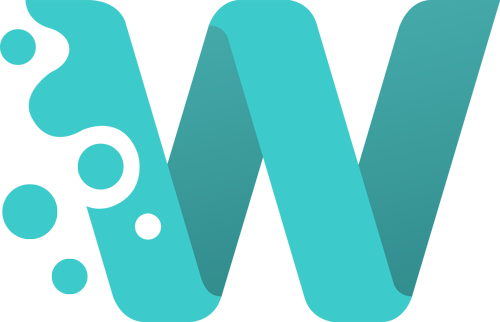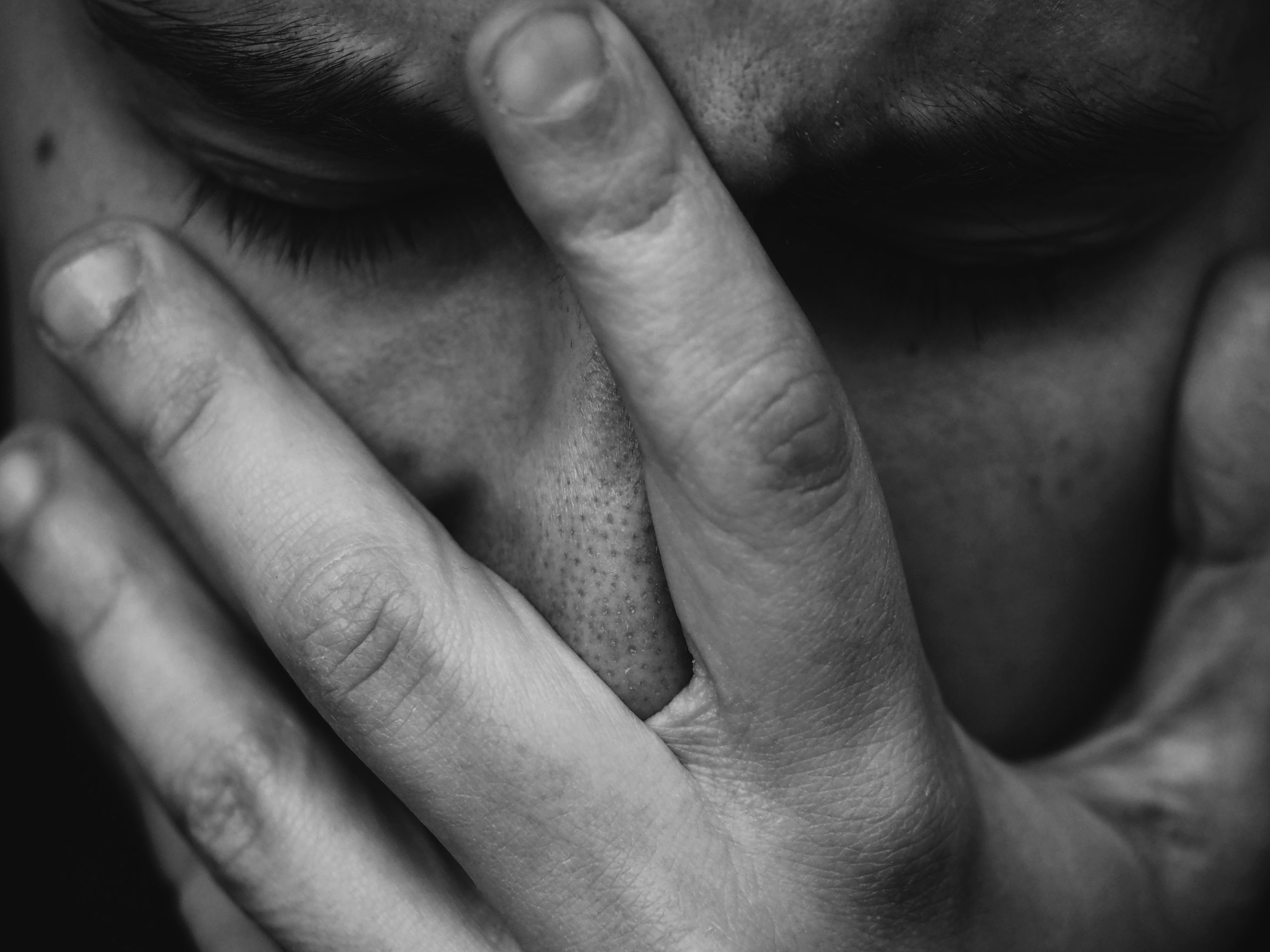
Muscles and biomechanics
It’s not entirely clear why sitting for too long is bad for us. It’s affects are wide-ranging throughout the body. Issues around cognitive health, cardiovascular fitness and many other chronic diseases such as diabetes and cancer are common .
Some suggest that our muscles play an important role in the regulation of blood sugar and cholesterol. These mechanisms become weaker as our muscles deteriorate.
We do know that sitting for too long forces our muscles into unnatural positions.
How Our Muscles Work When We Sit
There are nearly 700 skeletal muscles (the ones we control) in your body. These are different to the involuntary heart muscle, muscles in your gut etc. Skeletal muscles hold your body upright, provide strength and flexibility, and protect and stabilise your spine.
As soon as you sit down your ‘Core Muscles’ are forced to take over the job from our leg and back muscles of keeping your upper body upright. If your core muscles are not strong enough the body begins to almost caving in on itself. The good news is that there are many ways to strengthen our ‘Core Muscles’.
A lot of muscle groups work in ” antagonistic pairs”, each moving the body in opposite directions. For example, you cannot bend your elbow and straighten your arm at the same time.
Applying the same logic to the major muscle groups have a look at the illustration below. When you sit your body is hinged at the hip. The hip flexor muscles start to tighten or shorten the longer you sit. The opposite affect is felt in the associated muscle group, the gluteals (glutes). The imbalance in the front of the body creates an opposite weakening effect in the back of the body. No wonder it is very common to develop lower back weakness after sitting for too long. This is repeated throughout other skeletal muscles in the body
Let’s concentrate on the lower back for a moment. Once destabilised, the hip flexors and glutes cannot support the spine in the same way and the whole back starts to arch forward as the muscles become strained and weaker. The natural curve in the lower back is lost and the problem moves further upstream as the vertebral discs in the spine now begin to bulge and can even rupture (known as having a slipped disc) under the pressure. Now there is a chronic problem as the body tries to protect itself from further harm. The muscles around the damaged discs begin to lock into position and when we try to move we will experience pain and reduced range of motion in that area.
Download our guide on “25 Ways For Employers To Help Employees Who Are Seated For Too Long” .
As a massage therapist most of the clients I treated were in sedentary jobs. Their problems were all very similar. Those in physically demanding jobs seemed to have a variety of different issues .
Sitting For Too Long, What’s The Big Deal | Generation Well 2024






